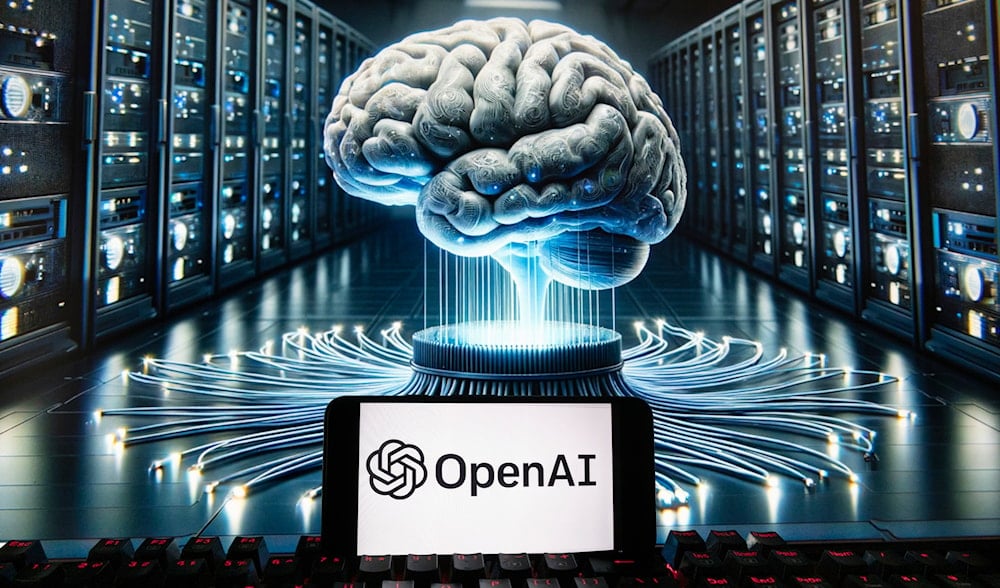AI can already do the work of 12% of US workforce: MIT
A new MIT study reveals AI can already perform tasks done by nearly 12% of American workers, affecting tech, finance, health care, and entry-level roles.
-

The OpenAI logo is seen displayed on a cell phone with an image on a computer monitor generated by ChatGPT's Dall-E text-to-image model on December 8, 2023, in Boston. (AP Photo/Michael Dwyer)
Artificial intelligence is capable of performing tasks currently handled by nearly 12% of the US workforce, according to a recent study from the Massachusetts Institute of Technology (MIT). The findings are based on a new metric developed by MIT researchers called the Iceberg Index, which measures the potential for job functions to be automated by AI.
The index assessed how AI capabilities overlap with the skills of more than 150 million American workers across roughly 1,000 occupations. The study evaluates exposure to AI automation by analyzing the cognitive and technical requirements of each job and comparing them to AI’s current abilities.
The research notes that AI automation in the workforce is already advancing in sectors such as technology, finance, healthcare, logistics, and professional services. In many cases, the technology is not replacing jobs outright, but rather reshaping how work is structured and performed.
Examples include:
- Financial services firms using AI for document processing and analytical support
- Healthcare providers automating administrative tasks, enabling clinical staff to focus on patient care
- Manufacturers employing AI for quality control and inspection
- Logistics companies using AI for fulfillment operations
- From Augmentation to Replacement: The Varying Impact
The study emphasizes that the goal is not to forecast exact job losses but to highlight how AI interacts with existing skill sets. The extent to which AI tools displace human labor depends on a mix of factors: business strategy, public acceptance, and potential policy regulation.
AI is currently being used both to augment human work and, in some cases, to transform or replace roles entirely. For example, AI can fill out clinical paperwork, freeing nurses for direct patient care. Meanwhile, in software development, AI tools that generate billions of lines of code daily are prompting companies to restructure hiring pipelines, particularly by reducing demand for entry-level programmers.
AI reshaping entry-level roles and skill demand
The researchers highlight a significant trend: entry-level jobs, often a starting point for new graduates, are increasingly being handled by AI systems.
This shift is especially noticeable in software development and finance. "Financial analysts will not disappear," the study notes, adding: "but AI systems may demonstrate capability across significant portions of document-processing and routine analysis work."
This evolution affects which skills remain in demand, even if overall headcount doesn’t immediately decline. Workers with limited or outdated skill sets may be forced to upskill or shift focus as AI tools become more deeply embedded across industries.
The study stops short of making definitive predictions about how many workers AI will replace in the long term. Instead, it emphasizes that the pace and nature of AI's impact on US jobs will be influenced by policy decisions, economic conditions, and how businesses choose to integrate emerging technologies.
The broader message is stated clearly by MIT: AI is no longer a future threat; it is an active agent of change in the labor market, reshaping job roles, expectations, and the skills needed to thrive in the evolving workplace.

 3 Min Read
3 Min Read








